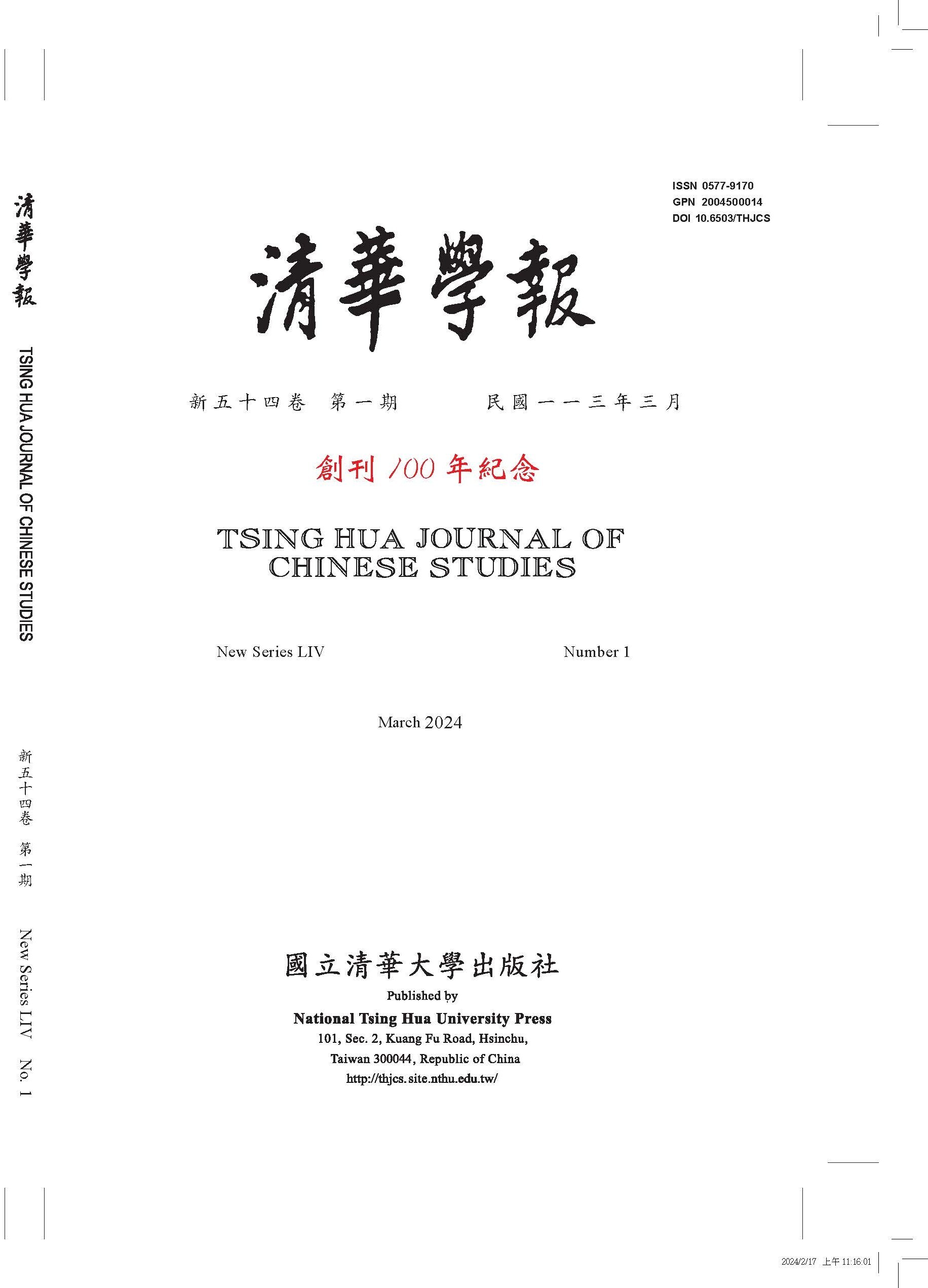The Writing Tradition of Bieye Poetry in the Early and High Tang
Vol. 49 No. 3 9/2019
|
Title |
The Writing Tradition of Bieye Poetry in the Early and High Tang |
|
Author |
Zhang Shi-min |
|
Genre |
Article |
|
Pages |
437-464 |
|
DOI |
10.6503/THJCS.201909_49(3).0002 |
|
Download |
|
|
Language |
Chinese |
|
Key words |
bieye poetry別業詩, landscape poetry, farmstead poetry, writing traditions |
|
Abstract |
A bieye 別業, or villa, was a type of building that struck a balance between sociability and seclusion. As such, one of the most important functions of bieye poetry was the mediation between humanity and nature. In the early Tang, this mediation was represented in the aesthetics of bieye poems, which contained both simple and ornate styles. In the high Tang, by contrast, the concept of spiritual purification became more valued, and as a result the ways of mediation between humanity and nature in bieye poetry frequently came to be associated with spiritual growth. In the high Tang, poets described the bieye as an ideal place where they could not only prepare to pursue an official position, but also live in seclusion. In these poems, the individuals residing in bieye were usually described as noble hermits. This mode of writing gradually replaced the early Tang stress on banquets or amusements, and it became the main focus of bieye poetry. In addition, some bieye poems that appear around the time of the An Lushan Rebellion broke away from the notion that all individuals in bieye were perfect, emphasizing instead the struggle between being an officeholder and a hermit. These different themes rendered the bieye poetry of the high Tang more diverse than that of the early Tang. |

